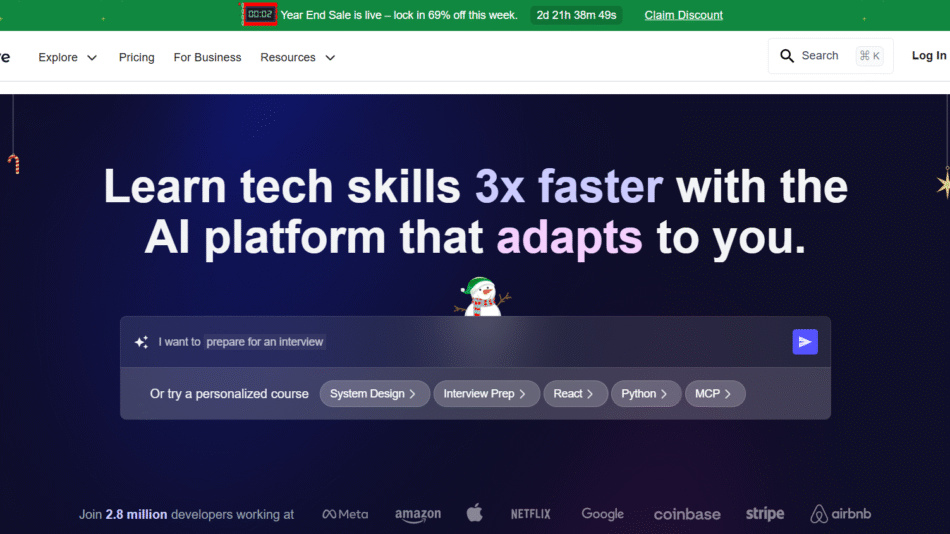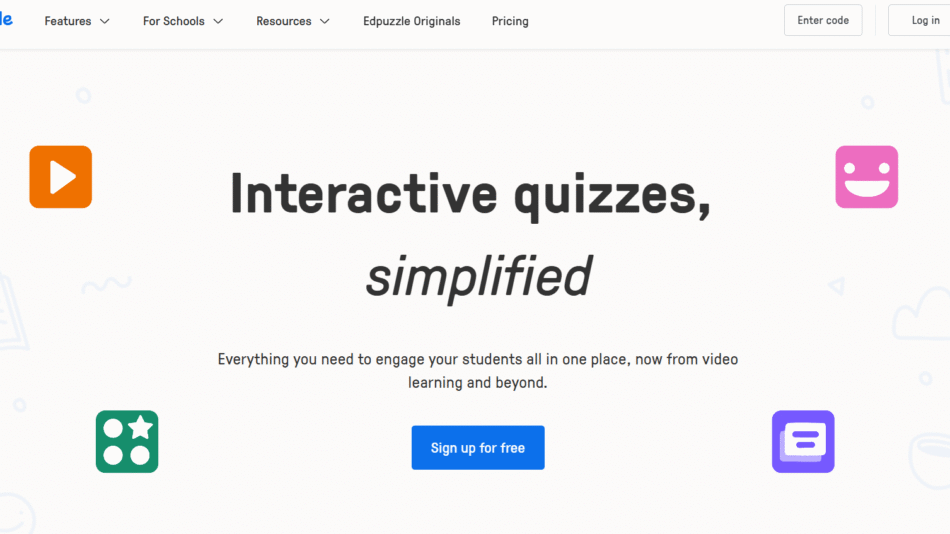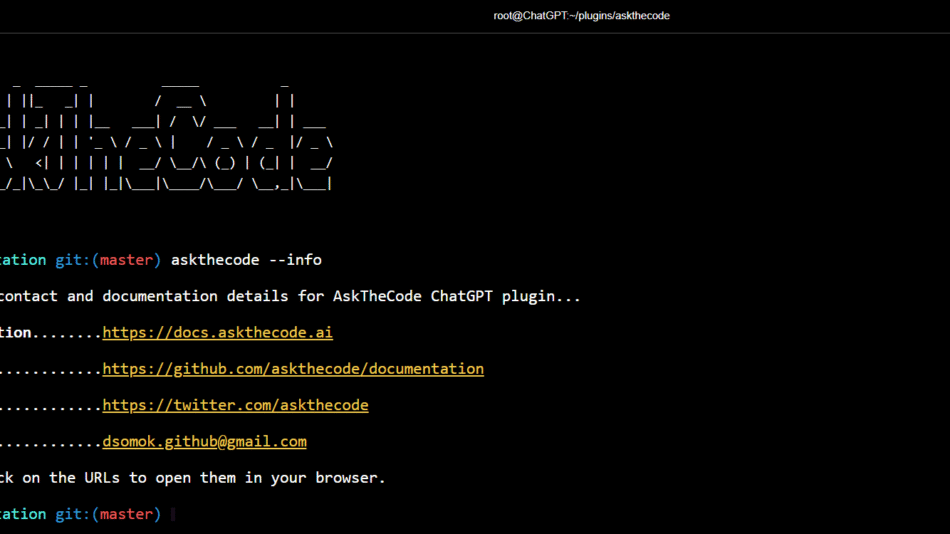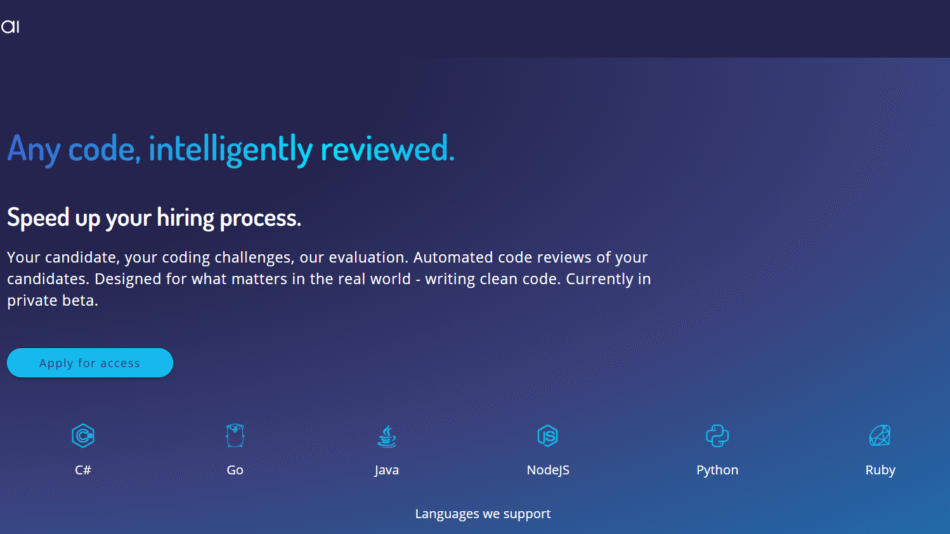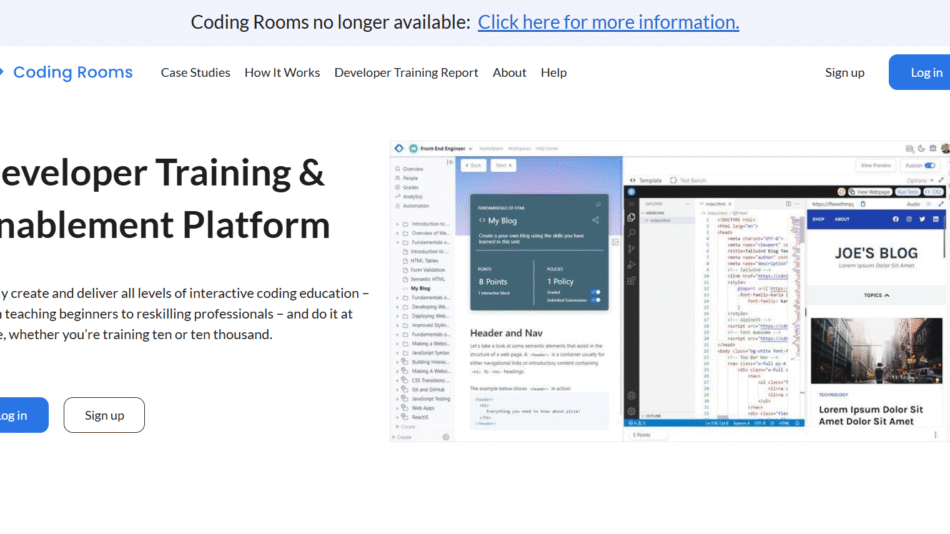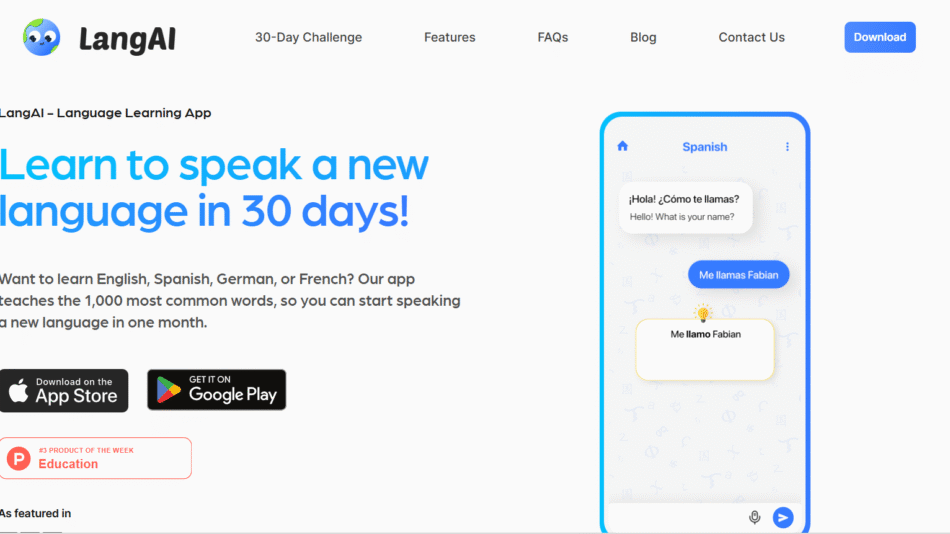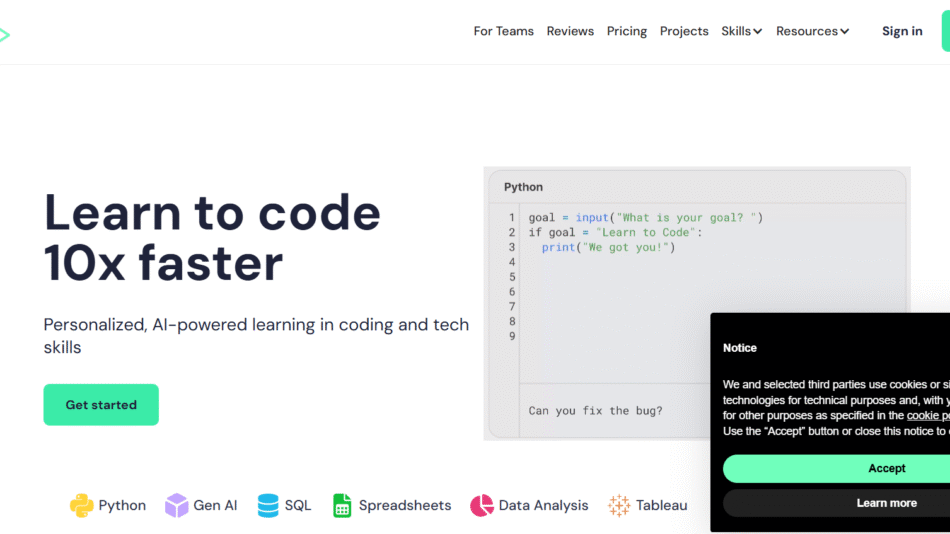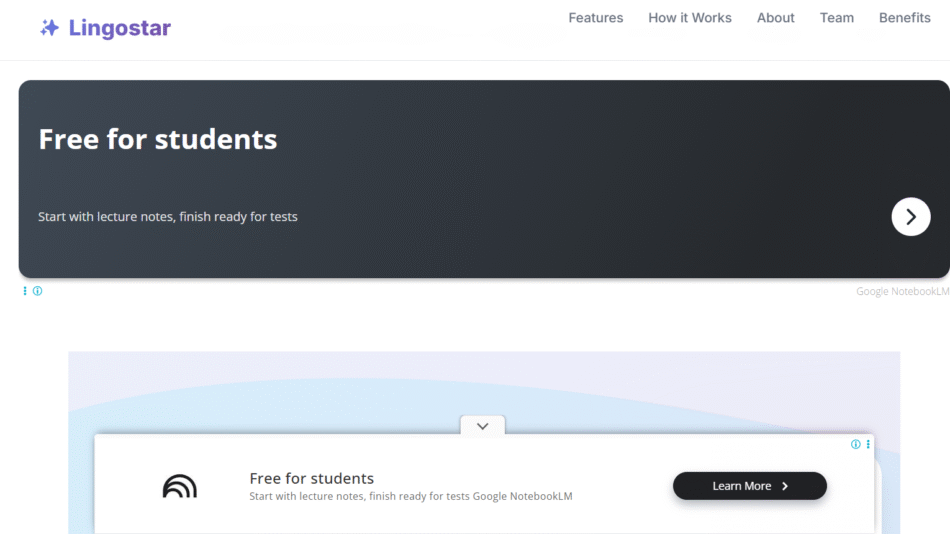Pl@ntNet is an AI-powered citizen science project and mobile app that helps users identify plants through pictures. It leverages a vast database of plant species and crowdsourced images to provide accurate identifications and contribute to biodiversity research.
Features
- Image-Based Identification: Identify plants by uploading photos.
- Extensive Database: Over 516,000 species and 1 billion images.
- Offline Mode: Identify plants without an internet connection.
- Community Engagement: Contribute to a global database and participate in citizen science projects.
How It Works
Users take a photo of a plant and upload it to the Pl@ntNet app. The AI analyzes the image and compares it with its extensive database to provide possible species matches. Users can also contribute their images to enhance the database.
Use Cases
- Botanists: Aid in research and documentation of plant species.
- Hikers and Gardeners: Identify and learn about plants encountered in nature or gardens.
- Educators: Teach students about plant biodiversity and identification.
Pricing
Pl@ntNet is free to use, offering all its features without any subscription costs.
Strengths
- Free Access: No cost for using the app or its features.
- Community Contribution: Users help expand the plant database.
- Offline Functionality: Identify plants without internet access.
Drawbacks
- Accuracy Dependent on Image Quality: Identification accuracy can vary based on photo clarity.
- Limited to Plant Identification: Focuses solely on plants, not other flora or fauna.
Comparison with Other Tools
- PlantSnap: Similar plant identification capabilities but offers premium features for a fee.
- iNaturalist: Broader scope including animals and insects, with a strong community for verification.
Customer Reviews and Testimonials
Users appreciate Pl@ntNet for its ease of use and the educational value it provides. The community aspect and the ability to contribute to scientific research are highly praised. Some users mention the need for clear photos to ensure accurate identification.
Conclusion
Pl@ntNet is an invaluable tool for plant identification and biodiversity research. Its free access, extensive database, and community-driven approach make it a standout choice for botanists, educators, and nature enthusiasts. Despite the need for high-quality photos for accurate results, the app’s overall value and ease of use are highly commendable.

